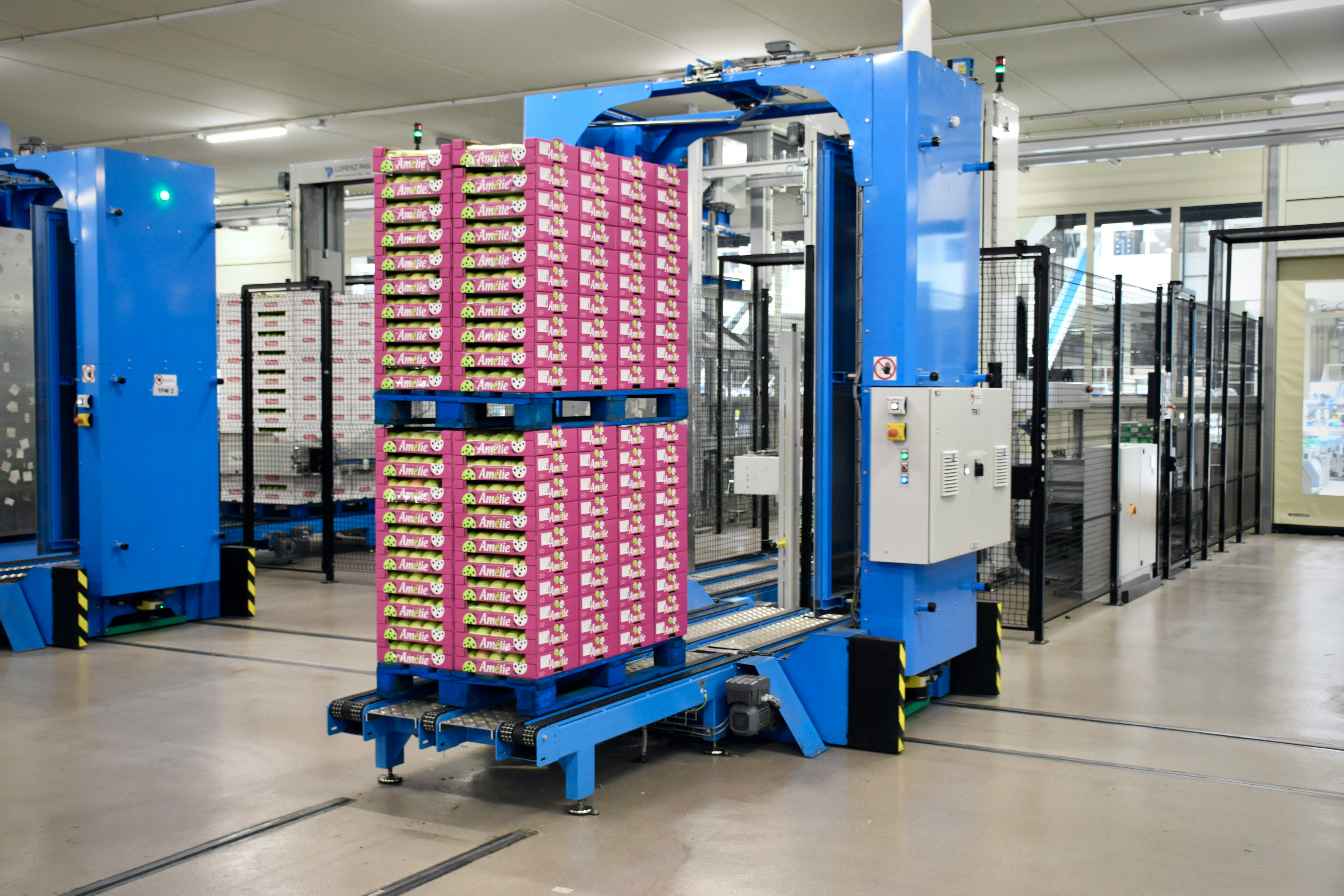Expert Guide On How To Improve Inventory Management

Inventory management is a crucial element of supply chain management, influencing everything from production to market delivery. Learning how to master it isn’t just beneficial; it’s essential for staying competitive and meeting customer demand.
This article goes over the importance of proper inventory management and provides techniques for improving it.
Why inventory management matters
In a world where supply and demand drive the market, effective inventory management is key to ensuring healthy profits. Properly managing inventory means balancing stock levels in alignment with market demand to ensure that capital isn't tied up in unsold products. The right strategy saves money and boosts revenue by optimizing supply chain operations.
Effective inventory management also allows businesses to address problems before they arise, encouraging them to employ the best practices and strategies possible for continuous improvement.
For a greater understanding of the significance of inventory management, check out how inventory management works for the food industry.
How to improve inventory management
Improving inventory management requires that you adopt data-backed strategies. Whether you’re looking to overhaul your current system or fine-tune existing operations, there are a few areas of improvement you should look at for greater control over your inventory.
Integrate a just-in-time (JIT) system
At its core, a just-in-time (JIT) system minimizes inventory costs while maximizing productivity.
Here’s how this system works: when a customer places a specific order at a given time, the manufacturer or producer will order the product from a supplier. The supplier then coordinates with the distributor, who gets the order to the customer on time.
By operating on demand, businesses can prevent excess inventory and waste while decreasing warehouse holding costs.
Implement real-time tracking
Real-time tracking systems can completely change how businesses are able to monitor inventory, providing instant visibility into stock levels, order statuses, and logistical operations.
By automating these tracking processes, businesses can detect discrepancies early, reduce errors, and improve overall inventory accuracy.
Using radio frequency identification (RFID) and barcodes can increase your ability to track in real time, as it allows you to monitor the location of products labeled with a barcode or chip.
Automate manual tasks
Leveraging technology to automate manual inventory tasks can be a game-changer for efficiency.
Automation can assist with order processing, stock updates, and even reordering processes, freeing up time so you can focus on making strategic business decisions.
Conduct data analyses
Data and analyzing it are critical to understanding inventory trends, customer purchasing behaviors, and sales patterns. By analyzing data, businesses can make informed decisions about stock levels, forecast demand more accurately, and identify opportunities for improvement.
Data analysis pairs best with the use of an inventory management system. After all, manual data gathering can lead to error, so it’s best to use a system that can provide up-to-date data. This will facilitate well-informed buying decisions and low-error sales.
The more data you track, the more effective your system will become over time. Key insights will provide you with a better understanding of product lines and help you invest in professional relationships, as you’ll know who would be best to work with.
Have audits done regularly
Regular audits (whether monthly, quarterly, or annually) ensure that physical stock matches recorded inventory. It supports accurate inventory records, highlights discrepancies, and fosters accountability within the inventory management process.
Inventory audits can also help assess the usefulness of your existing software. An audit provides you with concrete evidence that you may or may not need to update to a system that scales with your business and is ahead in technological advancements.
Prioritize seamless communication
Seamless communication between suppliers, distributors, customers, and production lines is absolutely necessary to avoid problems along the supply chain. By being clear about inventory levels, timelines, and delays, involved stakeholders can manage expectations and adjust plans accordingly.
Using an all-in-one inventory management system can help to facilitate seamless communication across the supply chain. Look for a cloud-based software solution that integrates information in a centralized location and allows you to organize orders and clients.
Forecast demand
Accurate forecasting is vital for efficient inventory management. Utilizing sales data, market trends, and historical performance, businesses can anticipate customer demand and adjust inventory levels accordingly.
This strategic approach minimizes stockouts and excess inventory, aligning purchasing with actual market needs.
Silo, the best inventory management solution on the market
Looking to refine your inventory management practices? Silo is more than just a tool—our solutions are designed to meet the dynamic needs of your modern day business.
Our inventory management system can seamlessly be embedded into your existing processes. With Silo, you'll have access to real-time tracking and automated reordering, along with data analysis and reporting. Simplify your inventory management processes while enhancing operational efficiency.
Check out how Capro’s partnership with Silo helped them scale their business.
“We went with Silo because it has everything you need to operate in the industry. Lot tracking, traceability, payments and collections management.” - Hector Jimenez, IMOK Global
Learn more about Silo’s inventory management solution.
Want to book a demo with us?
Add your info and we’ll get one scheduled with you.